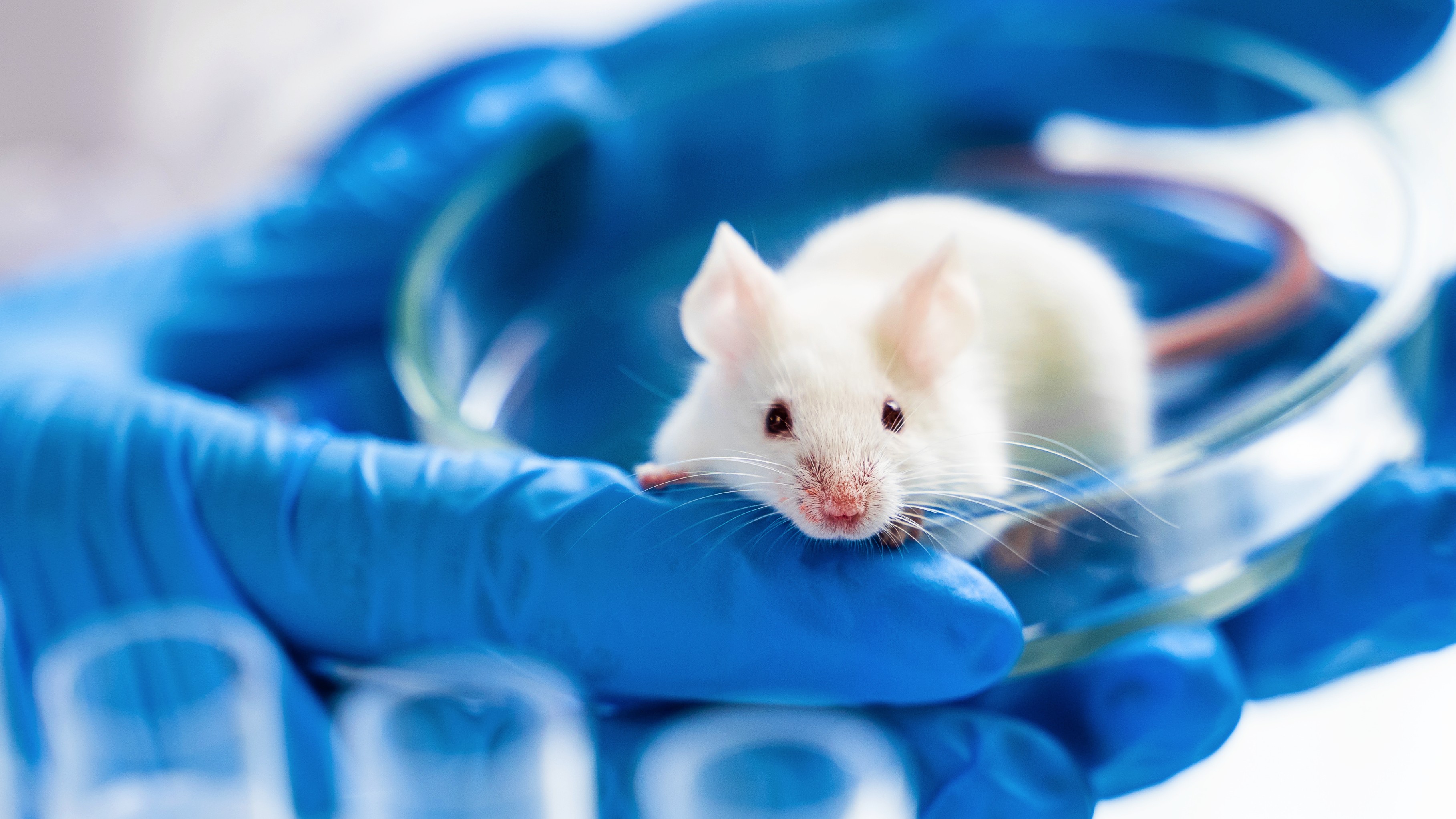How to achieve major goals and growth with ‘self-nudging’

It may very well be the case that there are some people who feel perfectly content with who they are out there, but for most of us, there are things that we want to change about ourselves. They could be personal characteristics, relationship, careers, or any feature of our lives at all. We’ll take a crack at some of these things. Again, it could be the case that there are individuals who invariably succeed, but for most of us, there are a few failures sprinkled in there.
The question, then, is how can we get better at making change? According to social psychologist Amy Cuddy, one of the first steps is to change how we go about change. “People make the mistake of making these big goals, these big New Year’s Resolutions,” she says in her Big Think+ lesson. “And we also know that they often backfire — that by January 15th a lot of people have given up on their New Year’s Resolutions. Why is it that we keep making them and keep failing?”
In fact, our performance with New Year’s Resolutions is dismal; about 80 percent of resolutions fail before the second week of February. According to Cuddy, the reason we fail to meet our goals so often is that we tend to set big, conceptual goals. These goals are often focused on an outcome that describes how we want to feel or be, rather than the steps that it will take to reach that outcome.
Numerous studies have confirmed that setting non-specific goals fails to be sufficiently motivational, and that people tend to fail when pursuing long-term goals. With big goals, it’s difficult to see all the intermediate steps it will take to get there. Even if we do see those many intermediate steps, Cuddy explains that each one can seem like “an opportunity to fail.”
Instead, in the video below, Cuddy suggests “self-nudging.”
Slow and steady wins the race
As Cuddy mentions, Carol Dweck’s model of growth versus fixed mindsets is a powerful lens when examining how well we persist in working toward our goals. Those of us with a fixed mindset tend to see character, intelligence, behavior, and other qualities as, well, fixed. Some of us are born talented, others are not so lucky.
Individuals with fixed mindsets want above all to prove to others that they’ve got the right stuff. If all you’ve got are the qualities you’re born with, it’s important to show others you were born with good qualities. This kind of mindset leads to avoiding challenges and, when challenges are taken up, to be wildly discouraged by failure. It’s not the kind of mindset that leads to one persisting and striving to achieve their goals. Fortunately, fixed mindsets aren’t themselves fixed. It’s possible to learn to adopt a growth mindset.
The growth mindset is just the opposite of a fixed one: Your qualities can be changed and improved over time. Sure, Einstein and Mozart are special people with innate talents, but they didn’t get to where they were without hard work and persistence. Growth-minded people believe that the same can bring them closer to mastery. Rather than see challenges as something to avoid or as a means of proving themselves, growth-minded individuals see it as a way to develop. Most importantly, growth-minded individuals understand that human beings grow and develop much in the same way a plant does; not all at once, but incrementally.




